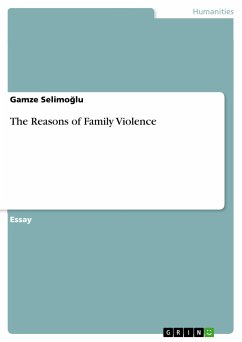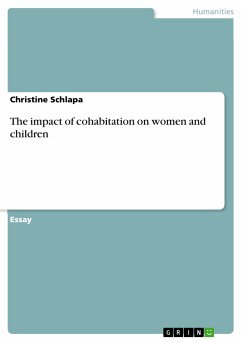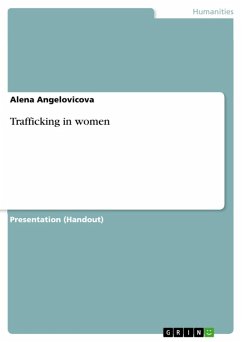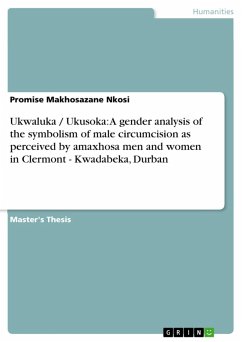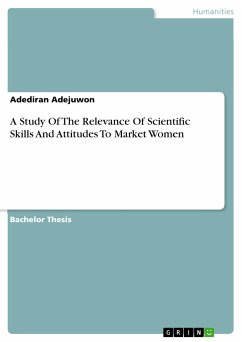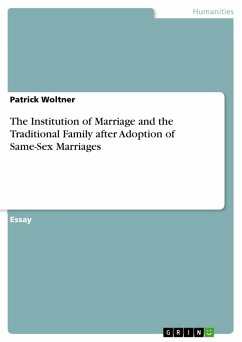Seminar paper from the year 2004 in the subject Sociology - Gender Studies, grade: A, Johns Hopkins University, language: English, abstract: When in 1990 the two German states unified, the government of the FRG and the populations of both states faced a great challenge. During forty years, the democratic West Germany and the socialist East Germany had developed in opposite directions. The different legal, ideological, and economic systems were reflected in policies pursued by the governments. While individual lives in the East were substantially predetermined by the state, people in the West had greater personal autonomy in shaping their lives.This was highly visible in respect to the relationship between two essential life spheres: family and work. Despite the generally higher level of modernization, in the FRG the traditional family form of male breadwinner and female homemaker was prevailing and endorsed by the government. In the GDR, in contrast, policies focused on gender equality and the compatibility of employment and family for women. The process of unification, thus, meant a long and - initially underestimated - process of adaptation and accommodation. Speculations that women would turn out to be the losers of these developments soon proved right. They had to struggle in various domains: since the breakdown of Eastern industry, unemployment was a permanent threat; previously universal childcare centers and crèches closed in huge numbers; traditional gender roles and a completely different value system predominated in the new society. For East German women, therefore, new opportunities such as freedom of speech and to travel were accompanied by unknown feelings of uncertainty, insecurity, and fear of their own and their children's future. This paper seeks to provide insight in the effects of German unification on women, in particular in the former GDR. The first section focuses on the circumstances, especially in terms of employment and family, under which women lived in the two German states. The major part of the paper discusses women's lives after unification. A closer look is taken at changes in the spheres of work, fertility, marriage, housework, and at last women's attitudes toward aspects of their 'new lives'.
Dieser Download kann aus rechtlichen Gründen nur mit Rechnungsadresse in A, B, BG, CY, CZ, D, DK, EW, E, FIN, F, GR, HR, H, IRL, I, LT, L, LR, M, NL, PL, P, R, S, SLO, SK ausgeliefert werden.



